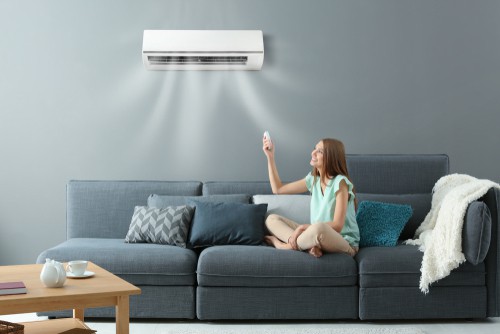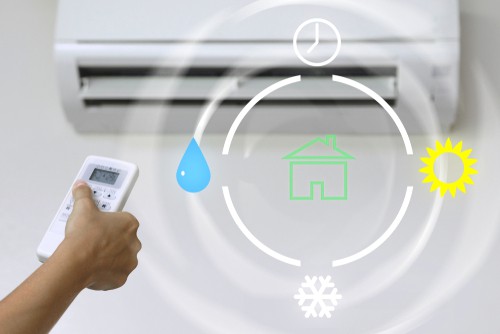Does the fan mode in aircon use a lot of energy? June can be unbearably hot in Singapore, which has a tropical rain-forest climate. If you live in Singapore, you are likely familiar with the high humidity and the sweltering heat that is at least dissipated in part by the abundance of greenery all over the city.
Still, relatively all establishments and residential spaces in Singapore have aircon units installed to stave off the heat and keep residents cool and comfortable at all hours of the day. It is no wonder that power bills tend to increase when the hot months come in. Singaporeans are therefore always on the lookout for ways to reduce energy bills, especially where cooling is concerned.
AC units are the staple cooling systems for indoor spaces in Singapore, but a typical AC unit has various modes, allowing the user to choose what kind of cooling is delivered to a particular space.
The main modes found in an AC system are:
–Cool mode
–Fan mode
–Dry mode
–Power saver mode
–Quick cool mode
–Sleep mode
The cool mode is the default cooling setting for most aircon units. The amount of energy saved when the unit is in cool mode depends on the temperature at which it is set, which varies according to the ideal temperature of the users.
Aircon fan mode is more economical since in this mode the unit does not run with the compressor on. Without the compressor, the unit cannot cool the space and you only get the same cooling effect delivered by a regular electric fan.
Aircon Dry mode is suited for high-humidity areas or days. Dry mode allows the AC to reduce the humidity in the air. The compressor is designed to run for short duration and the fan motor runs at a slow speed when in this mode.
Energy saver mode allows the unit to completely shut off once it hits the temperature set by the user. This is another power-saving mode for those who want the unit to automatically shut down when the temperature reaches the thermostat temperatures.

Other modes include quick cool and sleep mode. The former starts the AC unit at 18 degrees centigrade which means that it consumes more energy than other modes.
Power Consumption: Fan Mode :
Fan mode usually results to lower power consumption because the aircon compressor is turned off. The AC is not producing cool air but you are getting improved ventilation which helps lower temperatures to some degree. An AC unit on Fan mode usually consumes about 150W with the fan running, while the AC unit consumes 1000W when on default or Cool mode.
However, the difference in power consumption will largely depend on a few factors such as how cool the unit is set to. If the unit is set to cool quickly, you only get a relatively small difference in power consumption, although Fan mode would still utilize lesser power just the same.
It is also important to consider the efficiency of running AC on Fan mode compared to running an ordinary fan. Using an ordinary stand fan is considerably more energy-efficient compared to running AC on fan mode so consider using an ordinary fan and turning the AC off on days when the weather is relatively cool and you just want added ventilation.
It is also important to consider the efficiency of ventilation provided by either a fan or AC on Fan mode. The latter draws just a little bit of air in, while an ordinary fan is more efficient in drawing air from the outside and circulating it inside. This allows you to cool a warm indoor space with cooler air from the outside for small, cramped spaces typical of Singapore high rise apartments.

Most apartments in Singapore have aircon units although you also have the choice of using regular fans during the hot summer months. If you want to lower power bills you can set the AC on fan mode since this utilizes lower power, although you have to make do with warmer temperatures.
Putting the AC on default Cool mode will give you the comfort of cooler temperatures indoors but this usually consumes about 80% more energy than outing it on AC mode. You always have the option of turning your AC off and using a regular fan instead, which has the added advantage of being able to draw more air indoors for better circulation.
